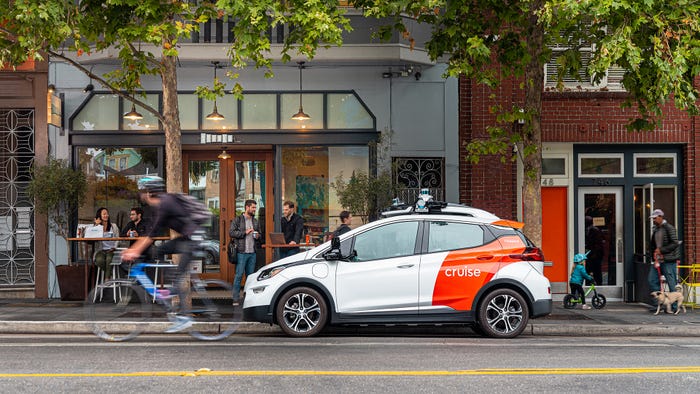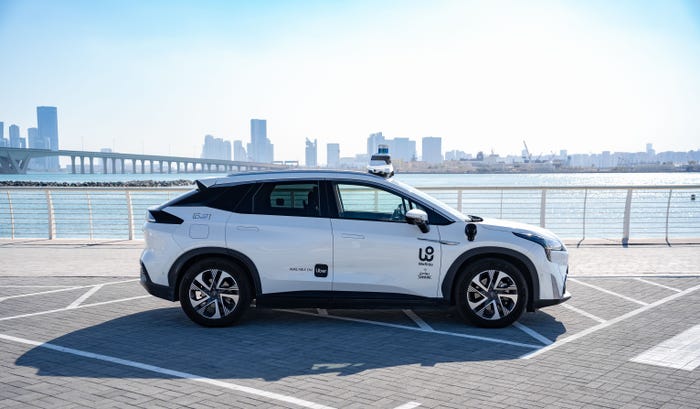Samsung-Backed Wearable Robot Improves Mobility in Seniors
The exoskeleton, worn on the hips, is designed as an exercise assistant for older adults

New details on a Samsung-backed robot exosuit have been released.
Developed alongside Sahmyook University in Seoul, the EX1 exoskeleton is designed as an exercise assistant robot to improve mobility in older adults.
While few details of the design and estimated launch date have been released, Sahmyook released a statement on a new study they conducted to test the robot’s efficacy in improving mobility, balance and range of movement in wearers.
The robot offers users tailored workouts to wearers, helping improve mobility but also preventing falls and bolstering overall health.
According to the team, the EX1 demonstrated high efficiency in helping adults regain hip mobility and balance throughout a four-week exercise program.
“With aging, walking function deteriorates, including a decrease in stride length, decreased balance, and decreased propulsion,” the team wrote. “However, resistance and balance exercises can improve physical function in older adults…The results show that EX1 can effectively improve functional gait among older adults.”
The university researcher’s study, conducted in collaboration with Samsung and Noble County, was published in BMC Geriatrics and the team said it unveiled “significant findings” regarding EX1's role in enhancing exercise outcomes.
“Using the wearable robot EX1, older adults can effectively perform simple exercises such as walking and fitness, thereby improving their quality of life,” said Wan-hee Lee, lead author of the study. “EX1 can increase their participation in exercise and serve as a guideline for exercising the right way.”
While the team concluded four weeks was too short a period to see noticeable change in improving an individual's muscle strength, they said EX1 still showed overall benefits for gait and balance.
“Our findings provide a solid foundation for developing various types of improved and advanced wearable robots,” said Lee. “This will further expand the global wearable robot market, promoting further research and commercialization.”
About the Author
You May Also Like








